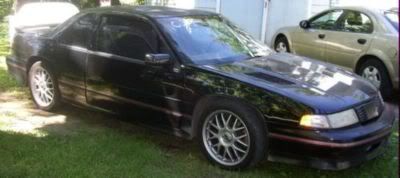What is it that causes our 3.4 DOHC's to sound so raspy and what is with that rat-a-tat-tat when giving WOT from 1st to second?
and for those interested, i am trying to get the guy to produce the headers i mentioned....they freed up 18 horsepower in my car.
as for the sound of the 3.4....enjoy it...i think it sounds agressive. sounds even better with the new exhaust.



Comment